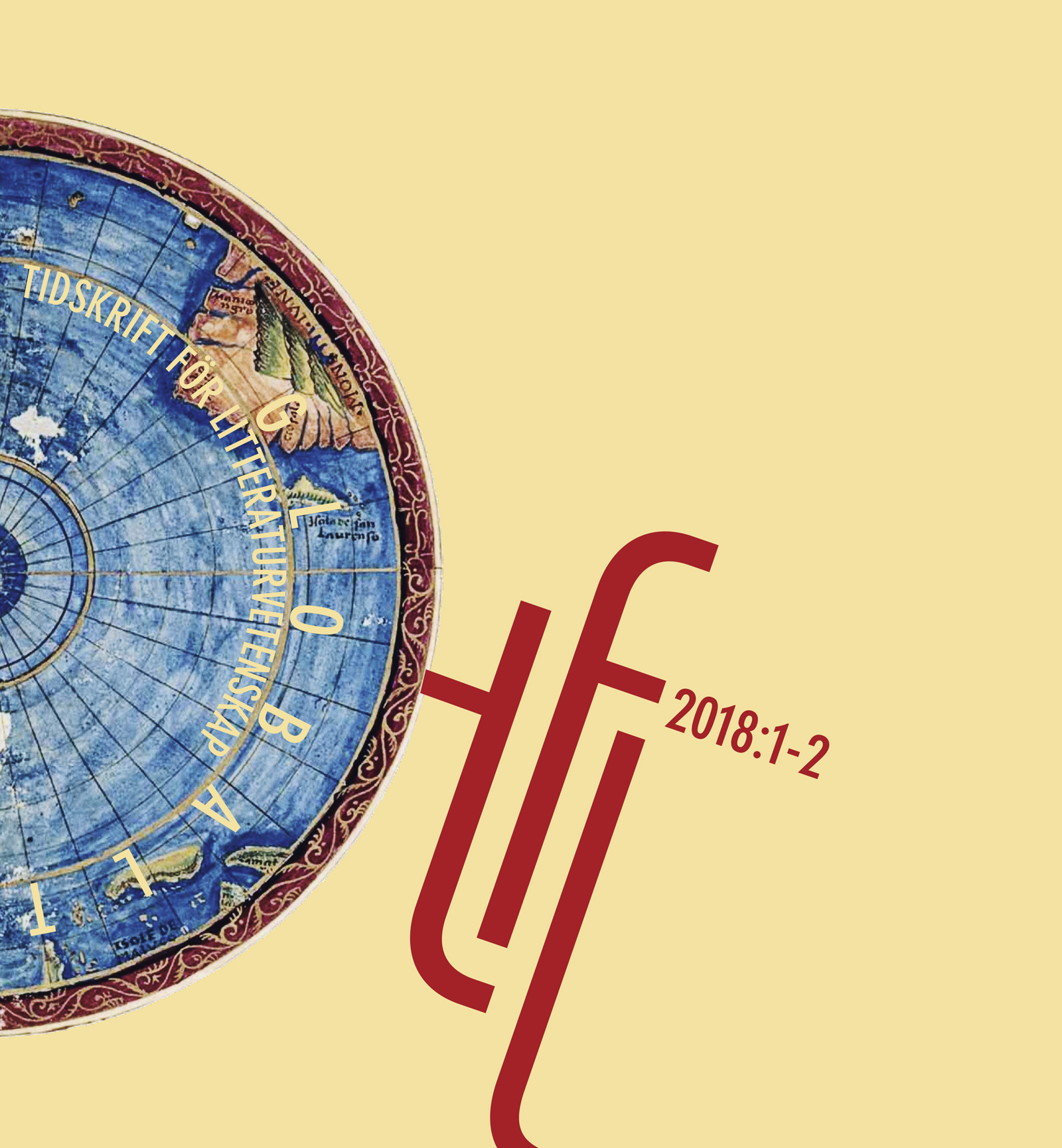Konstantinopel kring 1900 som litterär värld
En kultursemiotisk analys av skandinaviska exempel
DOI:
https://doi.org/10.54797/tfl.v48i1-2.7609Nyckelord:
Constantinople, cultural semiotics, literary worlds, worldmaking, Knut HamsunAbstract
Constantinople around 1900 as a Literary World. A Cultural Semiotic Analysis of Scandinavian Examples
Constantinople, today’s Istanbul, was in the early 20th century a multiethnic, multireligious, and multilingual city with a diversity of writing systems. It was also an important and influential hub for international trade and politics, for Europe and the Western world. This essay is part of the research programme World Literatures. Cosmopolitan and Vernacular Dynamics, at Stockholm University. It aims to demonstrate how the vernacular (the local) depends on and interacts with the cosmopolitan in literary works on Constantinople during the decades around 1900, with a focus on Scandinavian languages and nationalities. For analysis and discussion I have chosen one poem in Danish by J. P. Jacobsen (1870), and travelogues and short prose texts in Swedish by Birger Mörner (1906) and Stéphanie Beyel (1919), and in Norwegian by Knut Hamsun (1903; 1905). Yuri M. Lotman’s concept of the semiosphere is used in combination with Eric Hayot’s study On Literary Worlds (2012) in order to explore the worldmaking capaci ty of the selected literary works – that is, how literary worlds are created as immanent aspects of literature. It is demonstrated that the literary world of Constantinople cannot be defined as either peripheral within a Western semiosphere or central within the Ottoman semiosphere. Rather, the city functions in these literary works as a threshold between East and West, or as the multilingual, intermediating and ambivalent border between the semiospheres, characterised by its simultaneously separating and uniting features. Unexpected connections between the vernacular elements of the cosmopolitan city are established. The literary world of Constantinople is not only portrayed in the languages of Scandinavian readers; their languages are also a part of the Constantinopolitan multilingual mix.
Nedladdningar
Downloads
Publicerad
Referera så här
Nummer
Sektion
Licens
Författaren/författarna behåller copyright till verket






